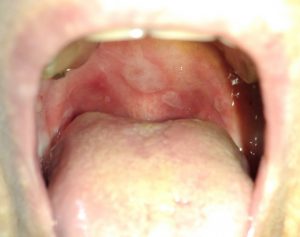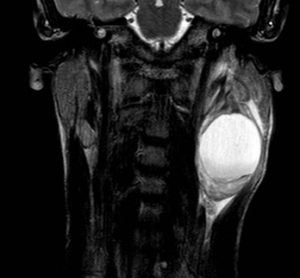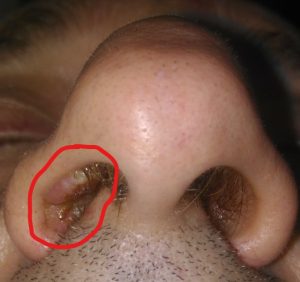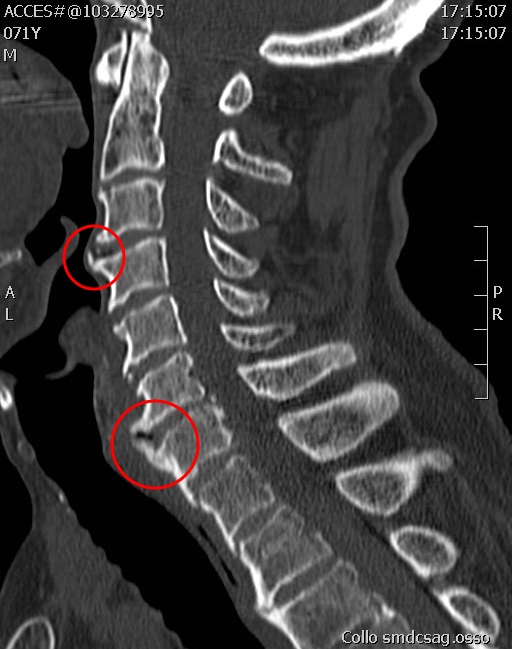 Forestier's disease or idiopathic skeletal HYPEROSTOSIS (DISH) is a syndrome, with no known cause, characterized by the formation of osteophytes spinal cord with ossification of paravertebral muscles and ligaments.
Forestier's disease or idiopathic skeletal HYPEROSTOSIS (DISH) is a syndrome, with no known cause, characterized by the formation of osteophytes spinal cord with ossification of paravertebral muscles and ligaments.
Osteophyte and ossifications can remain asymptomatic for long, can limit spinal movement. Sometimes they collapse the pharynx and esophagus making it difficult transit of food bolus and cause dysphagia.
Radiological monitoring is recommended in the early stages of ossifications, in the case of important dysphagia can consider surgery.
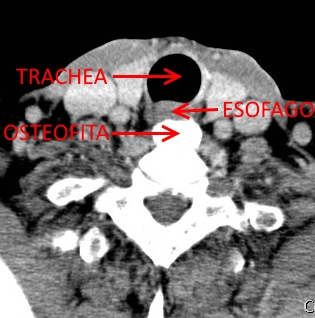
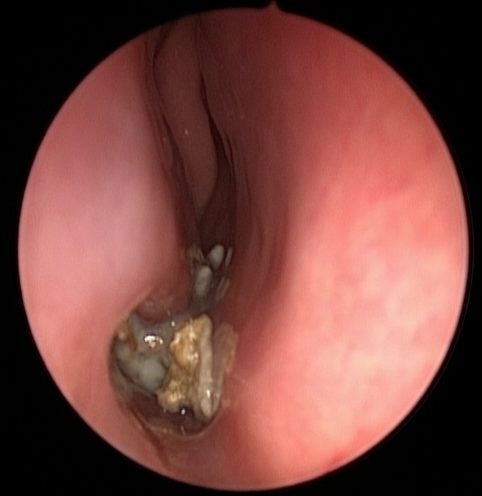
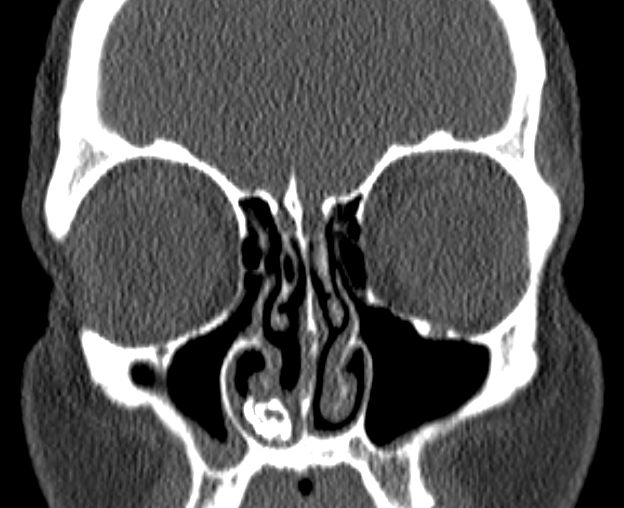
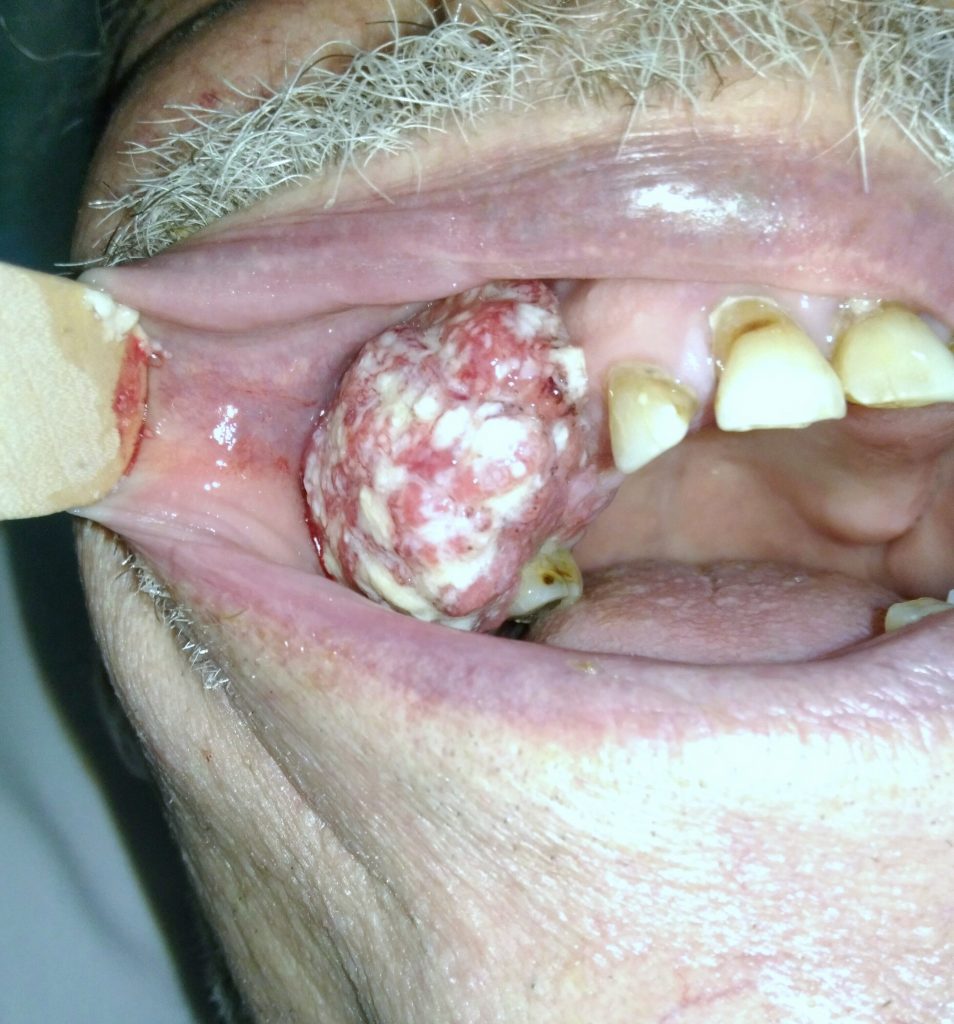 Patient with squamous alveolar ridge top right. The patient was treated with maxillectomia bottom right, the breach was rebuilt with surgical flap of temporal muscle
Patient with squamous alveolar ridge top right. The patient was treated with maxillectomia bottom right, the breach was rebuilt with surgical flap of temporal muscle
